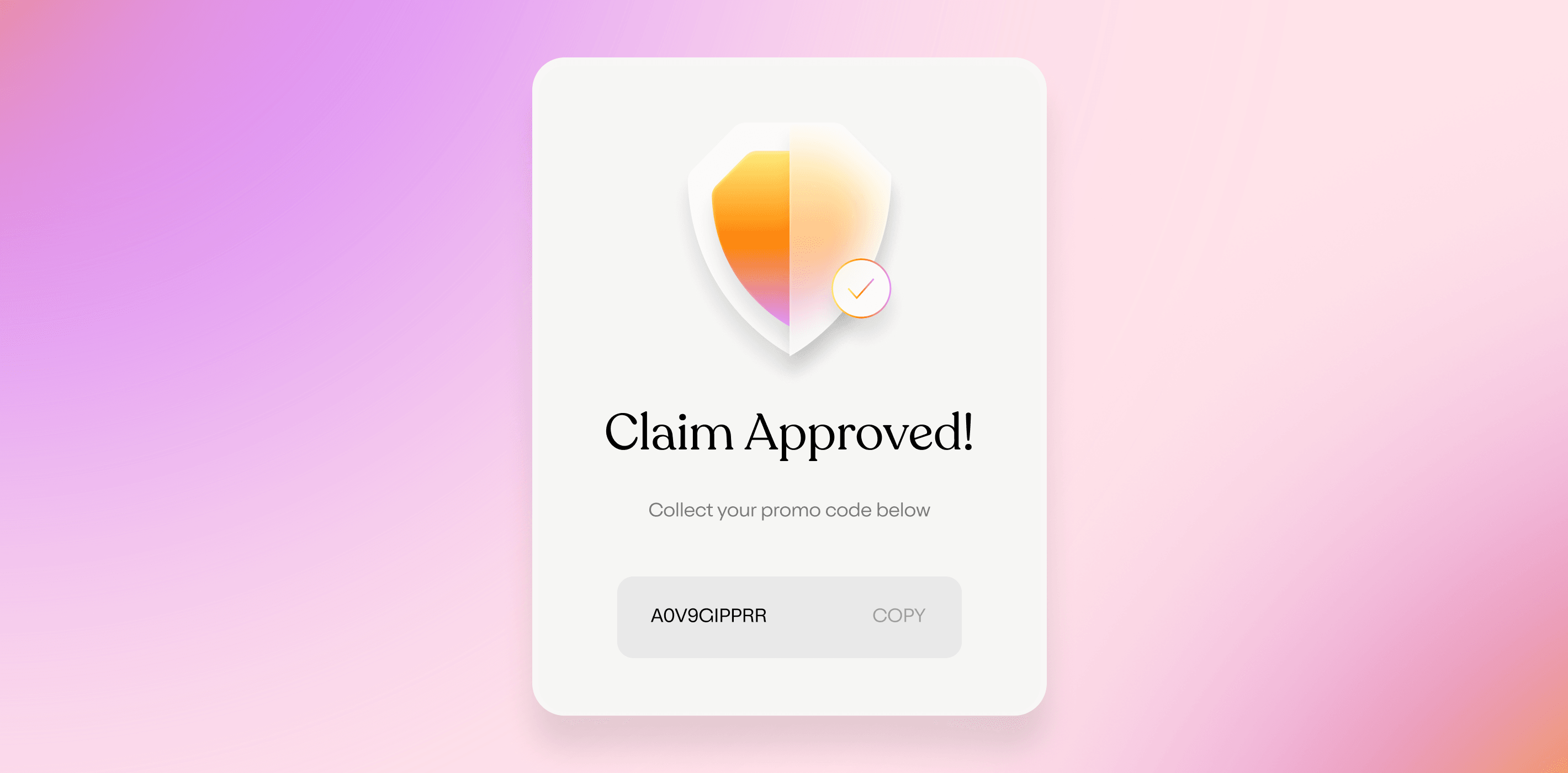Whatever you’re selling, and whatever platform you’re selling it on, there are thousands of tools, programs, and plug-ins to make your life as an eComm retailer easier. Inventory management. Accounting. Marketing.
And warranties, too.
Offering extended warranties or product protection to your customers creates trust, loyalty, and additional margin opportunities.
But which warranty tool is right for you?
Here, we’ll look at TK top warranty programs so you can figure out which is the best for you and your business.
What Does Warranty Management Software Do?
Warranty management software does what it sounds like: manages warranties.
But what does that mean, practically?
It offers an add-on insurance option to products that you sell, and then administers the execution of that program.
Per Allied Market Research , it’s a growing field that’s expected to reach $59.5 billion by 2028, especially in the wake of the pandemic, which has led consumers to realize the risk that unforeseen situations can have on their lives. Accident protection is the fastest-growing segment of warranty plans, and while warranties have been traditionally popular with big-ticket items like cars and houses, industry analysts expect those trends to continue for personal technology and other purchases.
Retailers can get on that growth—and that extra margin—by offering an extended warranty program through a partner.
And consumers end up benefiting, too, since a more customer-centric warranty program can improve their peace of mind about a purchase and cover them if anything happens.
Key Features to Look For In Great Warranty Management Tools
You’ve got a lot to consider when evaluating extended warranty programs , including:
Automatic catalog matching
For every product you sell that you want to offer a warranty on, you’ll need to get coverage. The software you choose should either be an independent claims administrator themselves or partner with an insurer, and it should automatically match your catalog to contracts so that you can be up and running with no manual implementation needed.
Integration with your sales platform
You’ll want your extended warranty options to pop up alongside product pages or as add-ons at check-out, so your ideal warranty management tool would integrate with your Shopify, Magento, BigCommerce, Salesforce, or other sales site.
Smart pricing
How much should you sell your product protection plans for? Ideally, you won’t have to figure that out on your own. Choose a partner that offers anonymized data from similar types of products and can automatically suggest prices that make sense for what you’re selling—and adjusts those prices over time as it gathers data about your specific customer base and what they’re spending.
Customization and personalization
Customers buy more with brands they trust, and shoehorning in a product protection CTA that doesn’t look or sound like your brand is likely to work. Look for a warranty tool that allows you to create unique CTAs with your logo, color scheme, font, and copy (but do keep in mind there are some legal requirements to exactly what you can say). Bonus points if you can include CTAs at multiple stops in the purchase process, from pop-ups to modals.
Flexibility
Before you sign on the dotted line, look into whether your warranty partner is asking for a long-term contract or an exclusivity clause. You’ll want to retain your flexibility to find the partner that’s best for you, which may mean switching partners if you’re not getting the level of service and support that you need.
Comprehensive reporting and analytics
Just like any other part of your business, you’ll want to see how your purchase protection offerings are performing! Make sure your chosen tool comes with customizable dashboards where you can track contracts sold, product value covered, contract revenue earned, and profit.
Real, live support
Fingers crossed that your product protection program goes off without a hitch from day one. But in case it doesn’t—or in case you have questions, want to learn more, or think of ways to improve the integration—you’ll want to be able to talk to a responsive, knowledgeable team. Look for flexible options, from chat to phone to video, and make sure you’re comfortable with their SLA.
7 Warranty Management Software Tools
1) Clyde
Hello—fancy seeing you here. Clyde’s protection plans offer all-in-one service to both retailers and end consumers and works with all kinds of product catalogs. From enterprise to SMBs, Clyde’s got you covered.
Pros
Super easy to set up (three minutes is all it takes!)
Separate customer and retailer portals
Fully manages claims administration process
Cons
Doesn’t cover damage incurred during shipping
Pricing
Free to download, with a 1x/month insurer’s premium + platform fee
Retailers keep 100% of the margin on protection plans sold
2) After
After is a warranty provider that’s part of EPIC Insurance Group. It focuses on building profitable post-sale programs for major electronics brands
Pros
Offers separate warranty marketing services to capture the 80% of people who don’t buy contracts at the point of sale
Other speciality warranty products, like data recovery
Cons
Doesn’t offer customizable integration into online stores
Pricing
Not available online
3) iWarranty
iWarranty focuses on the eco-friendly side of warranty management, promoting repair over replacement.
Pros
All-digital warranty management and claims process
Keeps multiple product warranties in one place
Cons
Available as a direct-to-consumer Apple and Google app that registers products as they’re bought—no option for retailers to manage claims centrally
Pricing
Free to download
4) Keep
Portugal-based app Keep offers insurance for smartphones, laptops, and tablets, and warranty extension for common household appliances.
Pros
Allows consumers to buy different types of insurance and keep those contracts in one place
Expanding into life insurance and other products
Cons
No retailer options
Pricing
Free to download
5) Mulberry
Mulberry integrates with existing ecommerce sites to offer extended warranty options to consumers, with a separate retailer portal to track sales and performance.
Pros
Automatic integration into many existing platforms and tools
Customization of program offerings
Cons
Focuses specifically on direct-to-consumer brands, so b2b sellers may find its services less relevant
Pricing
Not available online
6) InsightPro
Software company InsightPro is built to offer warranty options for field service businesses looking to integrate warranties into their ongoing post-sale engagements.
Pros
Integrates with service software to schedule work orders, request parts, assign technicians, and verify claims
Cons
Designed specifically for businesses with in-person service models (like for major appliances—think refrigerators and air conditioners), so doesn’t translate to ecommerce-only sellers who don’t have that element
Pricing
Not available online
7) Tavant Warranty
Tavant offers end-to-end warranty management software
Pros
Works with a diversity of industries, from fintech to manufacturing to gaming
Allows for the creation of service contracts directly within the paltform
Cons
Built on the Salesforce platform, so doesn’t integrate with other types of ecommerce stores
Offers other software, like IT infrastructure, meaning their support team is not dedicated to solely warranties
Pricing
Per Salesforce’s App Exchange , starts at $1/user/month
Clyde is the Software Management Tool Trusted by More Than 250 Brands
If you’re a retailer looking to up customer satisfaction and loyalty along with your margins, reach out and schedule a demo with Clyde today so you can be up and running tomorrow.
SIGN UP FOR OUR NEWSLETTER


